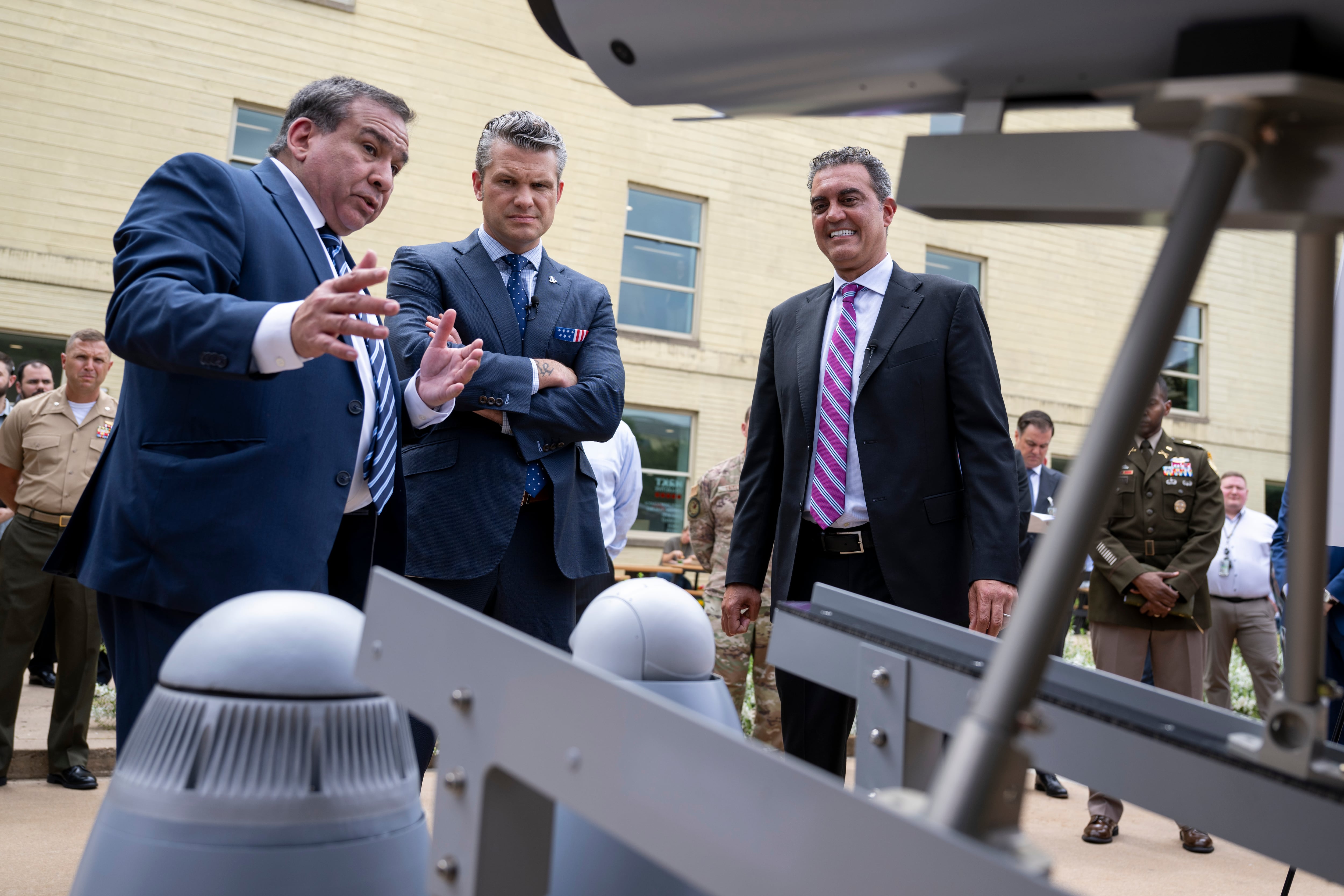Emerging 5G networks promise to bring powerful new connectivity to military bases and soldiers in the field. But how exactly will we get there?
In an interview with C4ISRNET’s Adam Stone, Maj. Gen. David Isaacson, the Army’s director of networks, services and strategy, described the service’s path forward on the new technology.
C4ISRNET: How will the Army be bringing 5G to military installations?
ISAACSON: What we want to avoid is situation where the Army and the other services have 1,000 flowers blooming — a promising technology that all of the services would want to potentially adopt, but that could also get unwieldy and potentially pricey as we all go in our separate directions.
So even though we're near the beginning of this journey, we're nested within [the Office of the Secretary of Defense] in the larger sense, with the Deputy Under Secretary of Defense for Research and Engineering really spearheading the department’s collective drive. As we develop our plans long term, we will have a unified plan that is informed early by all of the services, interests and positions.
C4ISRNET: And where is that process taking you?
ISAACSON: We’ve identified a series of use cases; we have done some examining of what the technology potentially offers, we’ve lined up against some use cases.
I think 5G offers an opportunity to pair with already existing technologies such as 3-D printing. In the hands of the logisticians, I could potentially build and prepare parts based upon the demand signals that my network is telling me. We can use it to reduce the exposure of soldiers, sailors and airmen on the battlefield, or to facilitate autonomy. We're now looking at it and we're trying to figure all that out. We're trying to figure out exactly what we want to do with it and how we're going to do it.
C4ISRNET: How might 5G make military installations themselves more effective?
ISAACSON: This idea of putting 5G on an installation is attractive when you look at the amount of information that is there. Look at how we conduct training: Imagine the opportunity to do a synthetic training environment by moving a significant amount of information in near real time, in a way that would simulate the actual ground and capability.
There’s also the physical security component, the way that posts, camps and stations physically protect the gates. There's an opportunity to automate much of that capacity.
C4ISRNET: What new technology infrastructure will 5G require on military installations?
ISAACSON: There are some posts, camps and stations that are well connected from a fiber connectivity perspective. They have the ability to absorb a higher capacity. Some are not as advantaged as others in terms of those connections. So that’s one area where we’re going to have to make sure we examine, that the interconnectivity on the campus itself, whether it has the capacity to move this kind of information around.
The other component of the infrastructure is physical, the way that 5G operates. It's different from cellular. You don't get a lot of penetration, you have to have a larger number of towers and antennas, all positioned in such a way that they are more closely aligned and closer together. The disadvantage with 5G is that you don't propagate and you don't have the distances covered.
It would be really cool if we could just climb aboard some existing infrastructure and towers and hang more antennas on it and just kind of deconflict. But there are challenges to penetration: Things like foliage and weather can affect it. We're going to have to get some experience under our belt, working with our industry partners so that we can better organize and engineer these kinds of capabilities.
C4ISRNET: Assuming you can work through the engineering issues, how big of an impact will 5G have in the long run?
ISAACSON: From a capacity and low-latency perspective alone, I think we’re going to find that extraordinary amounts of data are going to be able to be maneuvered. The opportunities at posts, camps and stations are boundless. I think it’s going to be successful because of the partnership with our industry partners. They are going to help us to get it rolled out.








